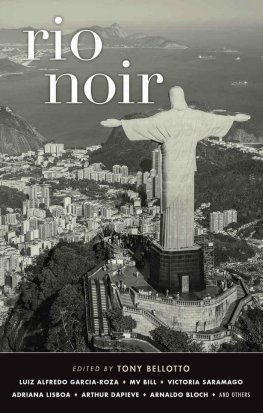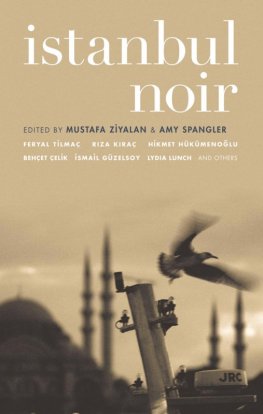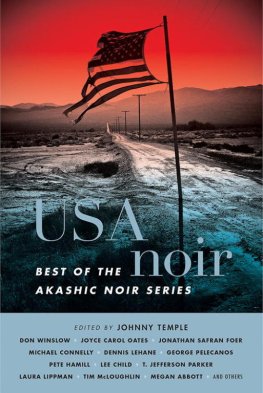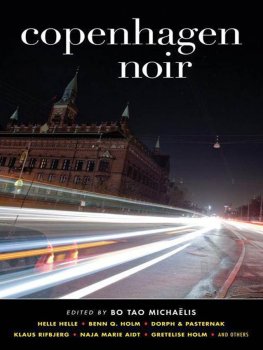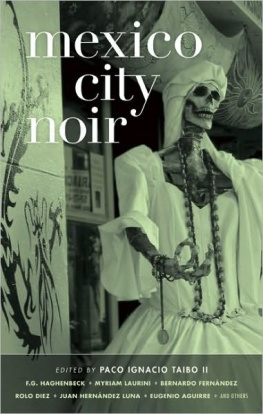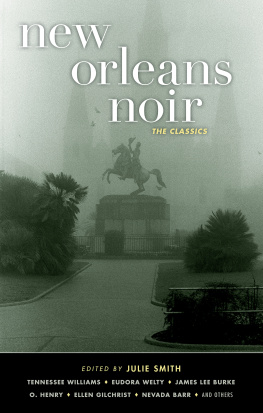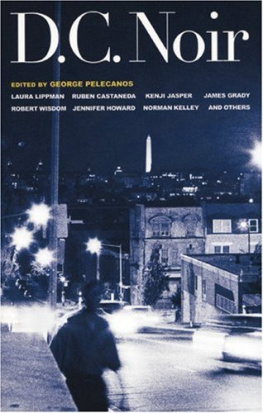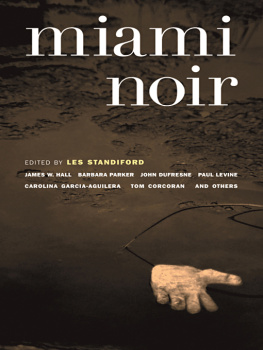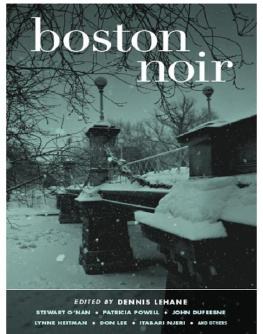

TABLE OF CONTENTS
Title Page
Introduction
PART I: CRIME AND PUNISHMENT
ANNA STAROBINETS Kursk Station
The Mercy Bus
VYACHESLAV KURITSYN Leningradsky Avenue
Gold and Heroin
LUDMILLA PETRUSHEVSKAYA Prazhskaya
In the New Development
ANDREI KHUSNUTDINOV Babushkinskaya
Wait
PART II: DEAD SOULS
ALEXANDER ANUCHKIN Elk Island
Field of a Thousand Corpses
VLADIMIR TUCHKOV Pure Ponds
Pure Ponds, Dirty Sex, or Two Army Buddies Meet
IGOR ZOTOV Silver Pine Forest
Decameron
GLEB SHULPYAKOV Zamoskvorechye
The Doppelgnger
PART III: FATHERS AND SONS
MAXIM MAXIMOV Perovo
Daddy Loves Me
IRINA DENEZHKINA New Arbat
Christmas
SERGEI SAMSONOV Ostankino
The Point of No Return
PART IV: WAR AND PEACE
DMITRY KOSYREV (MASTER CHEN) Birch Grove Park
The Coat that Smelled Like Earth
ALEXEI EVDOKIMOV Kiev Station
Europe after the Rain
SERGEI KUZNETSOV Lubyanka
Moscow Reincarnations
About the Contributors
INTRODUCTION
CITY OF BROKEN DREAMS
Translated by Marian Schwartz
When we began assembling this anthology, we were dogged by the thought that Russian noir is less about the Moscow of gleaming Bentley interiors and rhinestones on long-legged blondes than it is about St. Petersburg, the empires former capital, whose noir atmosphere was so accurately reconstructed by Dostoevsky and Gogol. But the deeper we and the anthologys authors delved into Moscows soul-chilling debris, the more vividly it arose before us in all its bleak and mystical despair. Despite its stunning outward luster, Moscow is above all a city of broken dreams and corrupted utopias, and all manner of scum oozes through the gap between fantasy and reality.
The city comprises fragments of utterly incommensurate milieus, notes Grigory Revzin, one of Moscows leading journalists, in a recent column. The word incommensurability truly captures the feeling you get from Moscow. The complete lack of style, the vast expanses punctuated by buildings between which lie four-century chasmsa wooden house up against a construction of steeland all of it the result of protracted (more than 850-year) formation. Just a small settlement on the huge map of Russia in 1147, Moscow has traveled a hard path to become the monster it is now. Periods of unprecedented prosperity have alternated with years of complete oblivion.
The center of a sprawling state for nearly its entire history, Moscow has attracted diverse communities, who have come to the city in search of better livesto work, mainly, but also to beg, to glean scraps from the tables of hard-nosed merchants, to steal and rob. The concentration of capital allowed people to tear down and rebuild ad infinitum; new structures were erected literally on the foundations of the old. Before the 1917 Revolution, buildings demolished and resurrected many times over created a favorable environment for all manner of criminal and quasi-criminal elements. After the Revolution, the ideology did not simply encourage destruction but demanded it. The Bolshevik anthem has long defined the public mentality: We will raze this world of violence to its foundations, and then/We will build our new world: he who was nothing will become everything!
Back to the notion of corrupted utopias: much was destroyed, but the new world remained an illusion. Those who had nothing settled in communal apartments. After people were evicted from their private homes and comfortable apartments, dozens of families settled in these spaces, whereupon a new Soviet collective existence was created. (Professor Preobrazhensky, the hero of Mikhail Bulgakovs Heart of a Dog, happily avoided this consolidation. In the novel, set in post-revolutionary Moscow, the professor transplants a human pituitary gland into a dog in hopes of transforming the animal into a person. The half-man who results from this experiment immediately joins up with the Reds. The test is a failure. In Bulgakovs opinion, he who was nothing could not become everything.) That form of survival existed in Moscow until very recently, and from the average westerners standpoint, nothing more oppressive could ever be devised: an existence lived publicly, in all its petty details, like in prison or a hospital.
The story of the Cathedral of Christ the Savior is a fairly graphic symbol of how Moscow was built. The church was constructed in the late nineteenth century on the site of a convent, which was dismantled and then blown up in 1931, on Stalins order, for the construction of the Palace of Soviets. The Palace of Soviets was never built (whether for technical or ideological reasons is not clear), and in its place the huge open-air Moskva Pool was dug out by 1960; it existed until the 1990s, when on the same site they began resurrecting the Cathedral of Christ the Savior, symbolizing new Russia.
The more you consider the history of Moscow, the more it looks like a transformer that keeps changing its face, as if at the wave of a magic wand. Take Chistye PrudyPure Ponds (the setting for Vladimir Tuchkovs story in this volume)which is now at the center of Moscow but in the seventeenth and eighteenth centuries was in the outskirts and was called Foul or Dirty Ponds. The tax on bringing livestock into Moscow was much higher than the tax on importing meat, so animals were killed just outside the city, and the innards were tossed into those ponds. One can only imagine what the place was like until it finally occurred to some prince to clean out this source of stench, and voil ! Henceforth the ponds were clean.
There are a great many such stories. Moscow changes rapidly as it attempts to overcome its dirt, poverty, despair, desolation, and evil; nonetheless, it so often ends up right back where it started.
A noir literary tradition does not yet really exist in Russia in general or Moscow in particular. Why? Possibly due to the censorship of czarist Russia, to say nothing of the Soviet era. In 1887, Vladimir Gilyarovsky, a writer, journalist, and great stylist of Moscow life, prepared an anthology of short sketches about Moscows gloomiest locales and their inhabitants, The Stories of the Slums. However, the book was not to see the light of day. The censorship committee banned the book and its pages were burned. As an aide to the main administration chief wrote in response to Gilyarovskys request to allow the book to go to press, Nothing will come of your troubles This is sheer gloom without a single glimmer, the slightest justification, nothing but a condemnation of the existing order. Such truth cannot be written. There was no further writing without a glimmer or justification for another hundred years or so, and for a long time even Ludmilla Petrushevskaya, a Russian State Prize laureate and living classic (one of whose artistic directions could well be classified as noir), had to write her plays and stories about the shady aspects of life without hope of publication.
Next page



